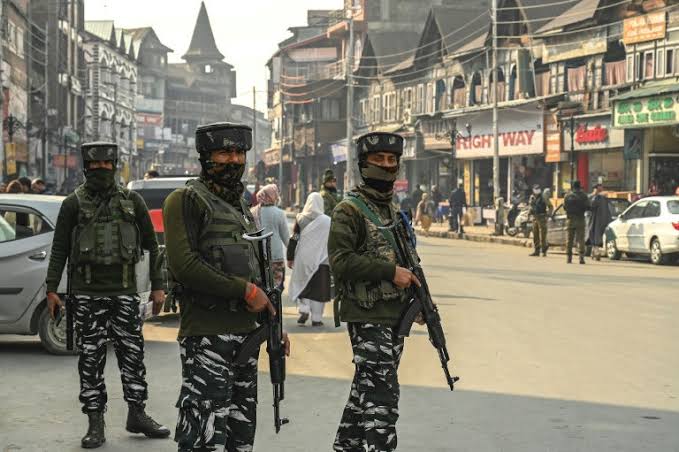The situation in Indian Illegally Occupied Jammu & Kashmir has been fraught with tension and violence, and the people of the area have suffering more with every other day. The Indian government’s policies towards IIOJ&K over the time have become an example of unprecedented brutality by a state and are being widely criticized for their oppressive and discriminatory nature.
Despite several calls for action by the international community, Indian atrocities in IIOJ&K continue. The Indian government has used excessive force against civilians, which has led to the loss of lives, injuries, and trauma among the people of the region.
According to a report by the Office of the United Nations High Commissioner for Human Rights (OHCHR), the Indian government has committed serious human rights violations in IIOJ&K. The report documented cases of arbitrary detentions, enforced disappearances, and the use of excessive force against protesters, among other violations.
In its report “India: Government Must End Lockdown in Kashmir Valley,” Human Rights Watch documented the impact of the Indian government’s communication blackout in Kashmir in August 2019. The report stated that the blackout had severely impacted the region’s economy, education, and healthcare systems, and had violated the right to freedom of expression and information.
The OHCHR in its report “Report on the Situation of Human Rights in Kashmir,” documented cases of arbitrary detentions, enforced disappearances, and the use of excessive force against protesters, among other violations. The report also highlighted the Indian government’s use of pellet guns, which have caused severe injuries to protesters, including blindness.
International Federation for Human Rights (FIDH): In its report “Human Rights in Jammu and Kashmir: 2017,” the FIDH documented cases of extrajudicial executions, enforced disappearances, and torture of detainees in Kashmir. The report also highlighted the Indian government’s use of pellet guns, which had resulted in over 500 cases of blindness.
The report also highlighted the Indian government’s use of pellet guns, which have caused severe injuries to protesters, including blindness. In 2018 alone, the Indian government fired over 4,000 pellet cartridges at protesters, according to the report.
Amnesty International has also documented cases of torture and ill-treatment of detainees in IIOJ&K. The organization reported that detainees were subjected to electric shocks, beatings, and sexual abuse by Indian security forces.
In addition, the Indian government has imposed a communication blackout in IIOJ&K, restricting internet and phone services. The move has severely impacted the region’s economy, education, and healthcare systems.
Furthermore, the Indian government has also taken steps to change the demography of IIOJ&K. In August 2019, the Indian government revoked the special status of the region, which gave it autonomy in several areas, including land ownership and employment rights. The move was followed by the imposition of new domicile laws, which would allow non-Kashmiris to buy land and settle in the region.
The actions of Indian establishment in IIOJ&K have been widely condemned by human rights organizations, including Human Rights Watch and Amnesty International. The organizations have called on the Indian government to respect the human rights of the people of IIOJ&K and to hold those responsible for human rights violations accountable.
Indian atrocities in IIOJ&K continue, despite the international organizations calls for action. The International community must come forward with some practical steps to safeguard the human rights of people in IIOJ&K and ensure that those responsible for such violations are held accountable. It is imperative that the United Nations continues to monitor the situation in IIOJ&K and calls for an end to the human rights violations in the region.






